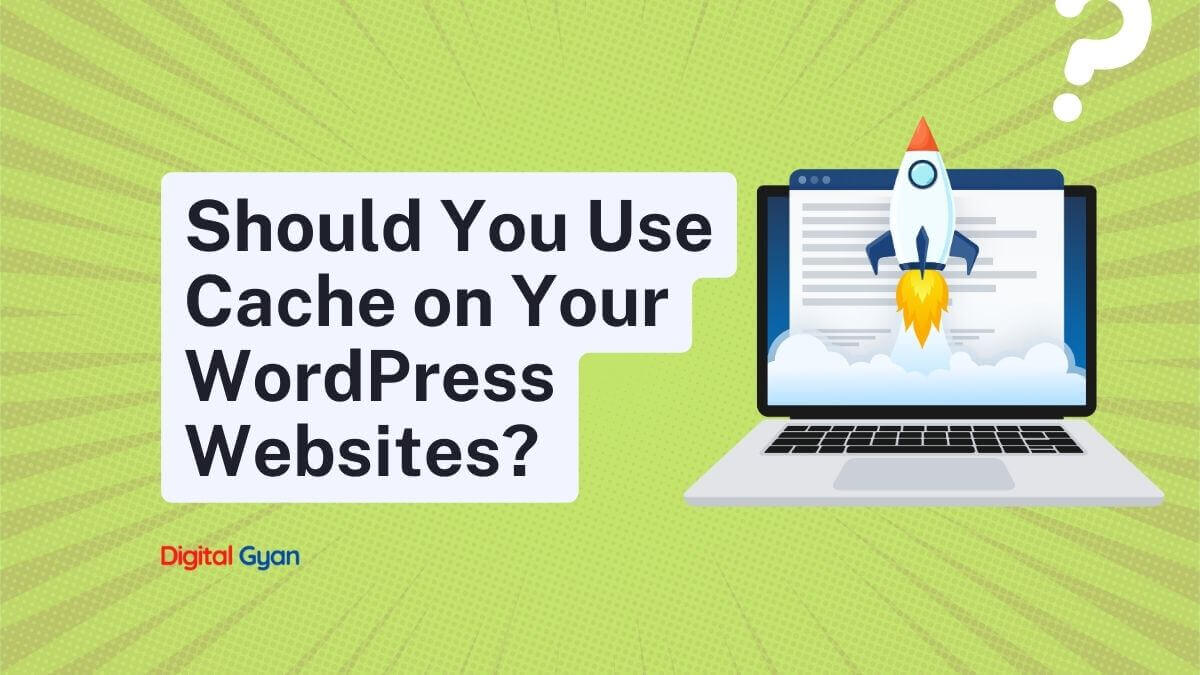How to Keep Your WordPress Website Secure
Your WordPress website is not just a digital storefront or a platform to share your ideas; it’s also an inviting target for hackers and cybercriminals. With millions of websites running on WordPress, it’s no surprise that it attracts unauthorized access attempts and malicious activities.
Therefore, in this blog post, we will explore ten surefire tips for keeping your WordPress website secure from hacking, malware, and other security issues.
Use Strong and Unique Passwords
Passwords are the first line of defence against unauthorized access to your WordPress website. Using a strong and unique password is crucial to thwart any brute force attacks or password-guessing attempts.
Your password should preferably contain a mix of uppercase and lowercase letters, numbers, and special characters, and be at least 12 characters long. Avoid utilizing words that are widely used or identifiable personal information.
Using password managers like LastPass or KeePass is a great strategy for organizing passwords. These tools can help you create and remember complicated passwords, ensuring that each of your online accounts has a strong password.
Regularly Update WordPress and Plugins
WordPress regularly releases updates that include bug fixes, patches, and security enhancements. Keeping your WordPress version up to date is vital in closing any vulnerabilities that attackers can exploit. The same applies to your themes and plugins. Developers often release updates to fix bugs and address security issues.
WordPress provides options for automatic updates, allowing you to set your website to update itself to the latest version automatically. However, for greater control and to avoid any compatibility issues, it’s recommended to update WordPress, themes, and plugins manually.
Install Security Plugins
To fortify the security of your WordPress website, you can harness the power of security plugins. These plugins offer a range of features to protect your website against common security threats.
Popular WordPress security plugins like Wordfence, Sucuri Security, and iThemes Security have features such as malware scanning, firewall protection, and login protection. Install one of these plugins and configure it according to your website’s specific needs.
Enable Two-Factor Authentication (2FA)
Two-factor authentication (2FA) provides an extra layer of security beyond just a password. It requires users to provide a second piece of information, typically a unique code or a fingerprint, to verify their identity.
Implementing 2FA on your WordPress website significantly reduces the risk of unauthorised access, even if your password is compromised. WordPress itself doesn’t have a built-in 2FA option, but you can achieve it using plugins. Several WordPress plugins, such as Google Authenticator and Two-Factor by Pluginator, offer simple yet effective options for enabling 2FA on your login page.
Regular Backups
No security system is foolproof, and accidents or vulnerabilities can still lead to data loss or website compromises. Backups ensure you can easily restore your site to a previous working state without losing content, customization, or valuable information. They provide peace of mind and security for your online presence.
WordPress provides built-in tools for database backups. Additionally, you can utilize backup plugins like UpdraftPlus and BackupBuddy to create complete backups of your themes, plugins, and content. Consider storing your backups in a secure offsite location, such as cloud storage services or external hard drives.
We recommend using Updraft, which allows you to save backup data offsite on cloud drives such as Google Drive for free. Most backup plugins have this feature, but they offer it as a paid one.
Secure File Permissions
File permissions define who can access or modify specific files or directories on your WordPress website. Incorrect file permissions can leave your website vulnerable to attacks.
Typically, directories should have a permission setting of 755, while files can be set to 644. Only the necessary credentials or processes can modify or execute the files. You can modify file permissions using FTP or SSH or use security plugins that offer this functionality.
Secure Your Login Page
Another way to keep the WordPress website secure is to enhance the security of the login page. The login page is a primary target for brute force attacks and login guessing attempts. Implementing additional security measures on your login page helps to minimize the risk.
Changing the default login page URL can make it harder for attackers to locate. You can accomplish this using plugins such as WPS Hide Login or Rename wp-login.php. Additionally, limiting the number of login attempts and implementing CAPTCHA or reCAPTCHA can protect against automated login attempts.
Use SSL Certificate to Keep WordPress Website Secure
SSL (Secure Sockets Layer) certificates encrypt the data exchanged between your website and users’ browsers, ensuring secure communication. Implementing an SSL certificate on your website provides an additional layer of security.
Enabling SSL on your WordPress website requires obtaining an SSL certificate from a trusted Certificate Authority (CA) and configuring it on your web server. Several hosting providers now offer free SSL certificates through services like Let’s Encrypt, making securing your website with HTTPS easier than ever.
Regularly Monitor Website Activity
Monitoring your website’s activity can help you promptly detect and respond to security threats. Several security plugins offer monitoring features, providing insights into login attempts, file modifications, and suspicious activities.
You can identify and mitigate any potential security issues by analyzing the logs and reports generated by security plugins. Regularly review these reports and take necessary actions, such as blocking suspicious IP addresses or investigating suspicious activities.
Conclusion
Securing your WordPress website is an ongoing process that requires proactive measures and regular maintenance. By following these ten surefire tips, you can create a fortress around your website, protecting it from potential threats and ensuring a secure online presence.
Remember, while implementing these security measures significantly reduces the risk of unauthorized access, staying informed about emerging threats and keeping up with software updates and best practices is essential. Prioritize website security, and enjoy the peace of mind of having a secure WordPress website.

